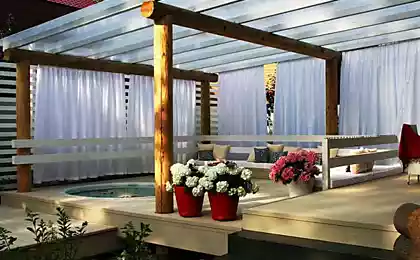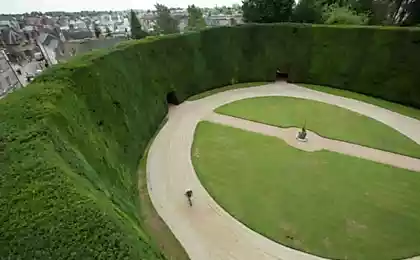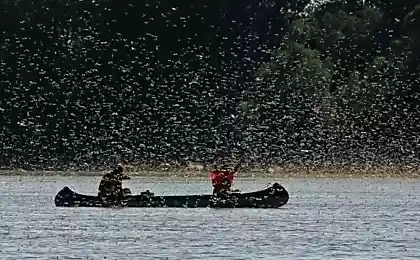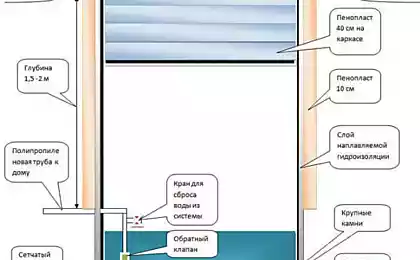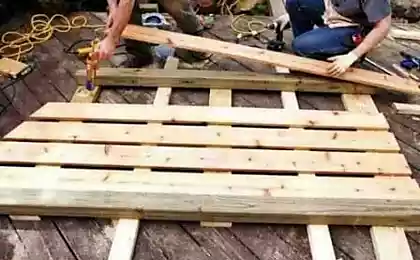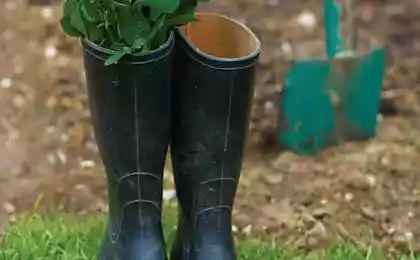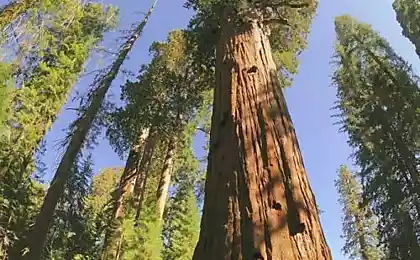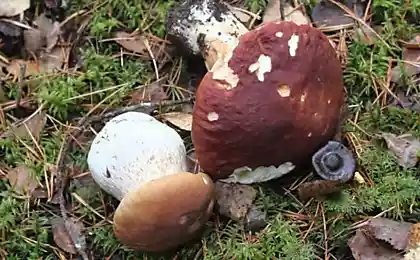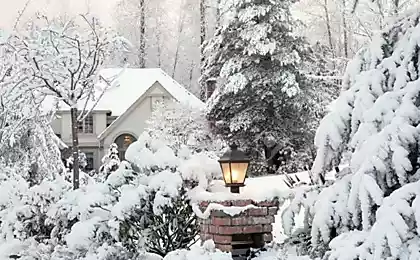438
How to grow in the country yews and cypresses

Tis
Tis is the most undemanding to the soil of conifers and the most shade-tolerant species among the conifers.
However, it is unsuitable for planting in large cities does not tolerate the presence in the soil of heavy metals, and in the air — smoke and soot. If tis yellowed — hence, the soil or the water contains salt, and it is necessary to transplant the plant.
This culture does not like excessive moisture and tolerates drought. The ground for Tisa suitable acidic or neutral. If you plant a tree into the open, it will give the best gains compared to shadow. Mature plants are hardy, but the young yews should be sheltered from frost, snow and spring sun.
Tisza begins to bloom in late April; they react to shearing and severe pruning, so they are rightly considered among the best plants for hedges and used in classical landscape design for formation of clipped hedges, low borders along paths and creating curved tracks (balls, cubes, sculptures).
Tis a medium — strong, strong plant. He is hardy, drought-tolerant, easily propagated by cuttings; fruiting year. It can be grown in containers for landscaping terraces, roofs.
Yew is very shade tolerant — grows where other conifers may die. Requires a nutritious, moist soil, preferring a calcareous environment. Resistant to smoke and gas and wind-resistant. Has many garden forms; tolerates transplantation in adults and a haircut. In landscaping has long been used is the best material for topiary art. A distinctive feature of this species is slow growth.
Be careful: the yew is not recommended to plant, if the family has small children – the plant is poisonous! All parts are poisonous except priamerica (and, the older the plant, the more dangerous it is), so do not use for landscaping in institutions.
Cypress
The cypress is an evergreen, monoecious plant with a conical crown and drooping or spreading branches. This amazing ancient culture, grown as a tree, and bushes. The species has unique properties: purifies the air from harmful bacteria, has a therapeutic effect on the respiratory system of a person.
Over the last 100 years was derived over 200 varieties of plants. Among them are dwarf varieties and a large selection of trees. The trunk of the cypress is covered with brown scaly brown bark; needles has many shapes and colors: could be yellow, green, blue. The plant is quite decorative.
In most cases, the cypress is suitable for planting in areas with a Maritime climate, mild winters and high humidity. They had taken root in gardens around the world, especially in America and Western Europe.
This is a rather capricious plant, requiring competent care. In winter, the tree should be thoroughly cover twigs and peat. Winter thaw, followed by frost, can harm the cypresses: they crack the bark and deteriorating appearance.
Planting best in spring in a bright place or in the penumbra (varieties with yellow needles — only in the sun), not buried root collar, and avoiding the lowlands, where cold air lingers. The distance between plants is 1 to 2.5 meters.
Spring for best growth and development is recommended to feed complex fertilizer for conifers with macro - and microelements. Dry branches should be removed. The cypress is very fond of spraying (optimal frequency — 1 time a week, but you can even every day), do not tolerate dryness. It is better that the water was not icy. It is advisable to pour it in a barrel, and in the evening (from 18.00) to spray.
This procedure is very important for a young tree, which feels good in the shade. The lack of moisture it will start to grow only at the end of August, when the weather gets rainy, and the humidity will increase. But in this situation the new growth branches do not have time to ripen in the warm season, and in winter the plant dies or freezes.
In Russia in recent years, the cypress gaining popularity among the gardeners, but many varieties, unfortunately, not sufficiently winter-hardy in our conditions. In an average strip of Russia two of the most sustainable species – cypress and cypress gorokhovoy Lawson.
All cypress do not tolerate smoke and do not like lime soils; not suited to them and heavy clay. Lawson the species is shade-tolerant, grows well in the city, Gorohovaya – light.
These two species of cypress are resistant to diseases and pests. Sometimes infected by spider mites and scale insects, it is treated by complex drugs against pests. If stagnant water starts root rot, is to transplant the plant to a new location, cutting with infected roots to healthy.
Cypress and the cypress Lawson gorokhovoy widely used in landscaping in our latitudes, because have many decorative forms, and, importantly, – frost resistance. They are the perfect background for the rose gardens and the various flower beds in classical landscape design. Different types of cypress, you can make a variety in color and form composition. The trees will serve as a hedge or a specimen on the lawn. Dwarf forms are suitable for rock gardens, rockeries, flower beds.
Recommendations for the care of the yew and cypress
Yew and cypress – a kind of exotic for the middle band, therefore, in order to grow and maintain these plants, you need to adhere to certain rules.
First of all, plants should be fertilized – it is possible to use complex fertilizers Greenworld, Green needle. We recommend feeding 3 times a season: spring (April) and twice in summer (June and July).
Do not forget that in the composition of complex fertilizers contain nitrogen, which stimulates the growth of new shoots, therefore, these fertilizers should be given up to mid-August: active growth in the second half of August will complicate the wintering of plants, and new shoots are likely to freeze. Since July as fertilizer you can use phosphorus and potassium.
Yew and cypress come from the South, so in the winter they need to cover. We recommend you to do it gradually: first, special material and spruce branches, and then roofing material. The exact time for sheltering plants is difficult to call — should be guided by the weather forecast. If during the week the street is kept below freezing – quickly build a shelter.
You can use the special material (the most practical and convenient option), or appeal to tradition – the coniferous spruce branches and burlap. If extreme cold is expected, you can even use roofing felt. published
P. S. And remember, only by changing their consumption — together we change the world! ©
Source: www.7dach.ru
